Selecting appropriate equipment is an important step in confectionery production. A Spoon Candy Machine is designed to shape and portion candies efficiently. Choosing the right type of machinery involves understanding production needs, workflow requirements, safety standards, and long-term operational considerations.
What is a Spoon Candy Machine?
A Spoon Candy Machine is a device that automates the formation and deposition of candies onto spoons or similar supports. Its purpose is to improve consistency, reduce manual labor, and streamline production. The machine can handle various candy types depending on the design, including hard candies, sugar-based confections, or flavored treats. Understanding the machine's purpose is the first step in evaluating its suitability for a production line.
Why is it important to match production goals?
Matching machinery to production goals ensures efficiency and reduces operational challenges. If the machine's capacity is too low, production may fall behind demand. If the machine is oversized, resources may be underutilized, leading to unnecessary costs. Aligning equipment with production volume, speed, and product types helps maintain consistent output and operational stability.
How to assess production volume needs?
Begin by determining the number of candies required daily or weekly. Consider both current demand and potential growth. Evaluate whether the machine can accommodate batch variations without requiring extensive adjustments. For example, machines that allow easy control over portion size or quantity provide flexibility. Accurate assessment prevents bottlenecks and supports long-term planning.
What factors affect product type suitability?
Different candies require varying processing methods. Factors to consider include:
-
Candy texture and consistency
-
Cooling or setting requirements
-
Shape and size precision
-
Packaging considerations
Machines that support adjustable parameters or modular configurations are often more versatile. Ensuring that equipment aligns with the types of candy produced is essential for maintaining product quality and minimizing waste.
How to evaluate workflow integration?
Examine how the machine will fit into existing production lines. Consider:
-
Compatibility with conveyors or deposition systems
-
Alignment with heating, cooling, or coating processes
-
Space and layout requirements
-
Ease of cleaning and maintenance access
Proper integration reduces manual handling, improves efficiency, and maintains hygiene standards. Machines that can be smoothly incorporated into current workflows minimize disruption and simplify operations.
What hygiene and safety considerations should be reviewed?
Food safety regulations are critical in confectionery production. Key considerations include:
-
Materials used in machine construction
-
Ease of disassembly for cleaning
-
Prevention of contamination during production
-
Safety features for operators
A machine designed with hygiene in mind helps ensure compliance with local and international standards and supports consistent product quality.
How to plan for maintenance and training?
Operators require knowledge to run equipment effectively. Evaluate the following:
-
Availability of training resources or guidance materials
-
Recommended maintenance routines
-
Frequency of parts replacement
-
Troubleshooting procedures
Planning for these aspects ensures reliable operation, reduces downtime, and extends the equipment's service life. Proper training also promotes safety and efficiency in daily operations.
What operational costs should be considered?
Cost evaluation goes beyond the purchase price. Include:
-
Energy consumption during operation
-
Frequency and cost of maintenance
-
Availability and pricing of replacement parts
-
Potential downtime and associated impacts
Understanding the total operational cost supports realistic budgeting and long-term financial planning.
How to assess scalability?
Equipment should be able to handle changes in production volume or product types. Consider:
-
Adjustable output rates
-
Compatibility with future production expansion
-
Ability to support new candy shapes or sizes
Scalable machinery ensures that production can adapt to market changes without frequent reinvestment.
What questions are useful when evaluating suppliers?
Even without referencing specific brands, ask practical questions:
-
How is operator training delivered?
-
What maintenance support is available?
-
How are parts replaced or sourced?
-
Are adjustments possible for different candy types?
-
What are the recommended cleaning and safety procedures?
These questions focus on operational readiness and support, rather than product specifications or proprietary features.
How do industry trends influence machine selection?
Current trends affecting confectionery equipment include:
-
Increased demand for varied shapes, flavors, and textures
-
Focus on energy efficiency and reduced waste
-
Use of environmentally conscious packaging
-
Growth in online sales requiring precise portioning
Machines that accommodate these trends help maintain competitiveness and satisfy evolving consumer preferences.
How to manage risk in operations?
Operational disruptions can occur due to equipment malfunction or delayed maintenance. Strategies to mitigate risk include:
-
Scheduling regular maintenance
-
Ensuring availability of spare parts
-
Planning for temporary workflow adjustments if needed
Proactive risk management reduces downtime and maintains consistent production quality.
How to plan installation and space requirements?
Consider:
-
Adequate floor space for machine operation
-
Safe clearance for operators and maintenance tasks
-
Accessibility for cleaning and inspections
Proper installation planning reduces accidents, facilitates smooth operation, and simplifies routine maintenance.
Checklist for selecting a Spoon Candy Machine
A simple checklist can guide decision-making:
-
Define production goals and volume requirements
-
Identify candy types and operational needs
-
Confirm hygiene and safety compliance
-
Evaluate maintenance and training requirements
-
Estimate long-term operational costs
-
Consider scalability for future production
-
Plan for workflow integration and space allocation
Following such a checklist ensures informed and practical decisions without relying on brand comparisons or parameter speculation.
Choosing a Spoon Candy Machine requires a careful assessment of production goals, product types, workflow integration, hygiene standards, training requirements, operational costs, and scalability. By following a structured evaluation process and focusing on operational needs, businesses can select equipment that supports efficient production, maintains product quality, and accommodates future growth. Awareness of industry trends and careful planning further enhances long-term operational success.


 ENG
ENG
 English
English 中文简体
中文简体 русский
русский Français
Français Español
Español عربى
عربى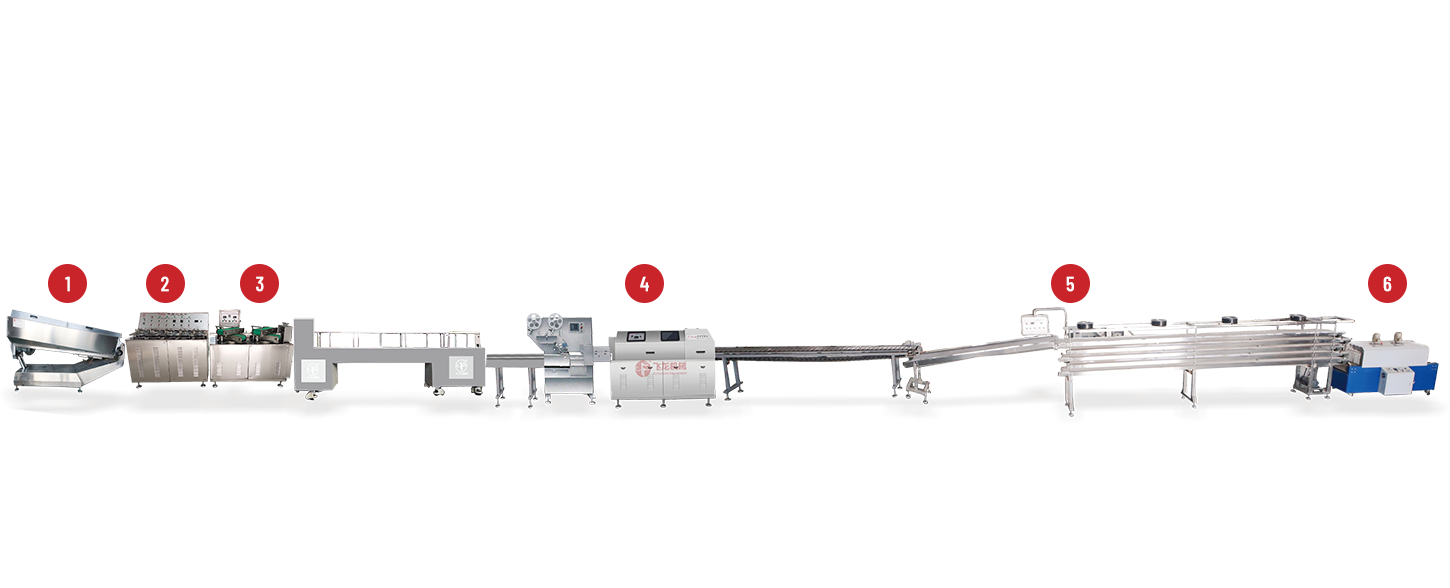
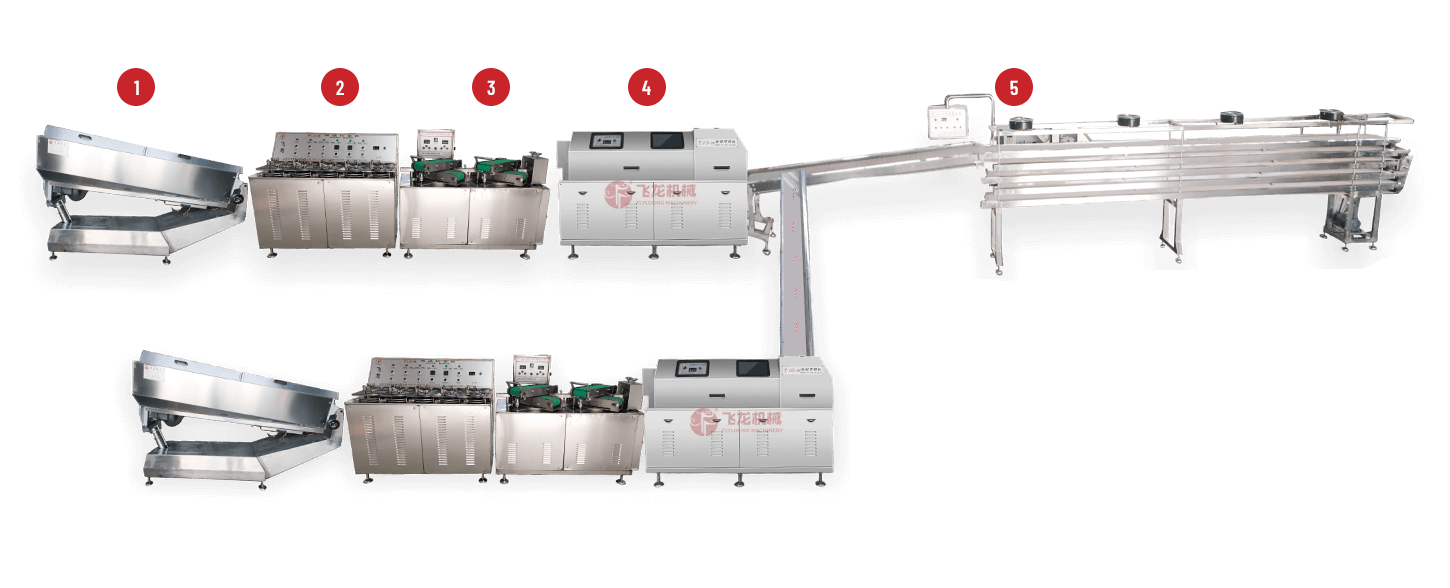
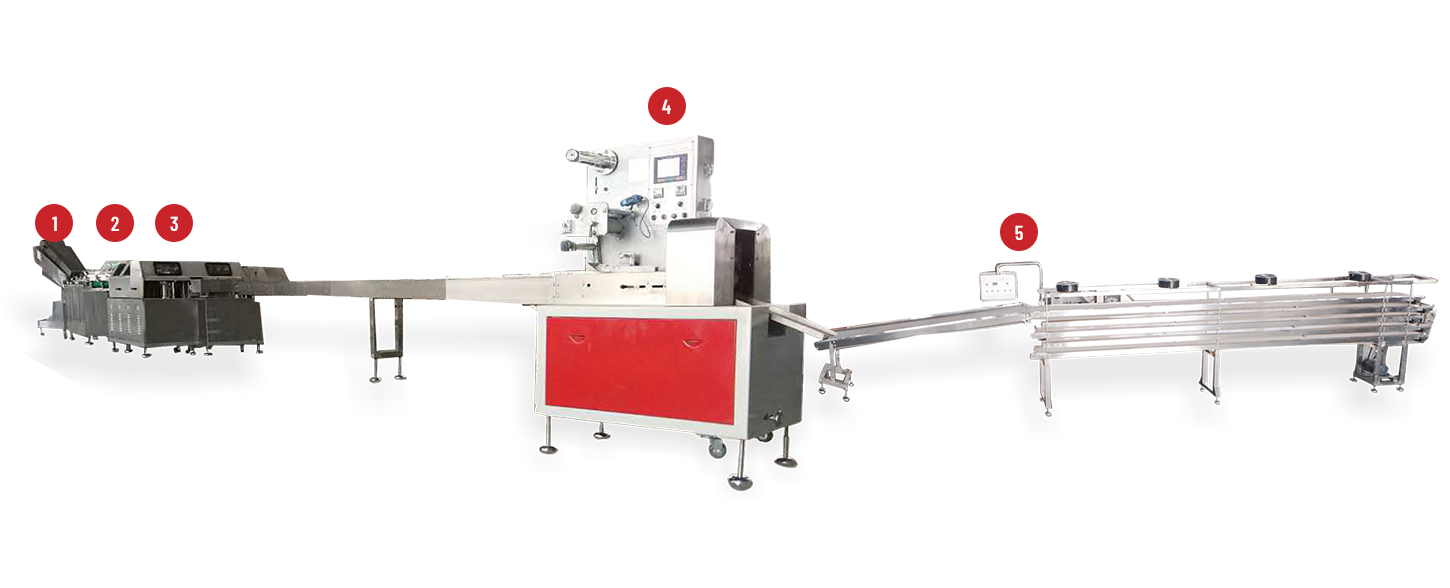
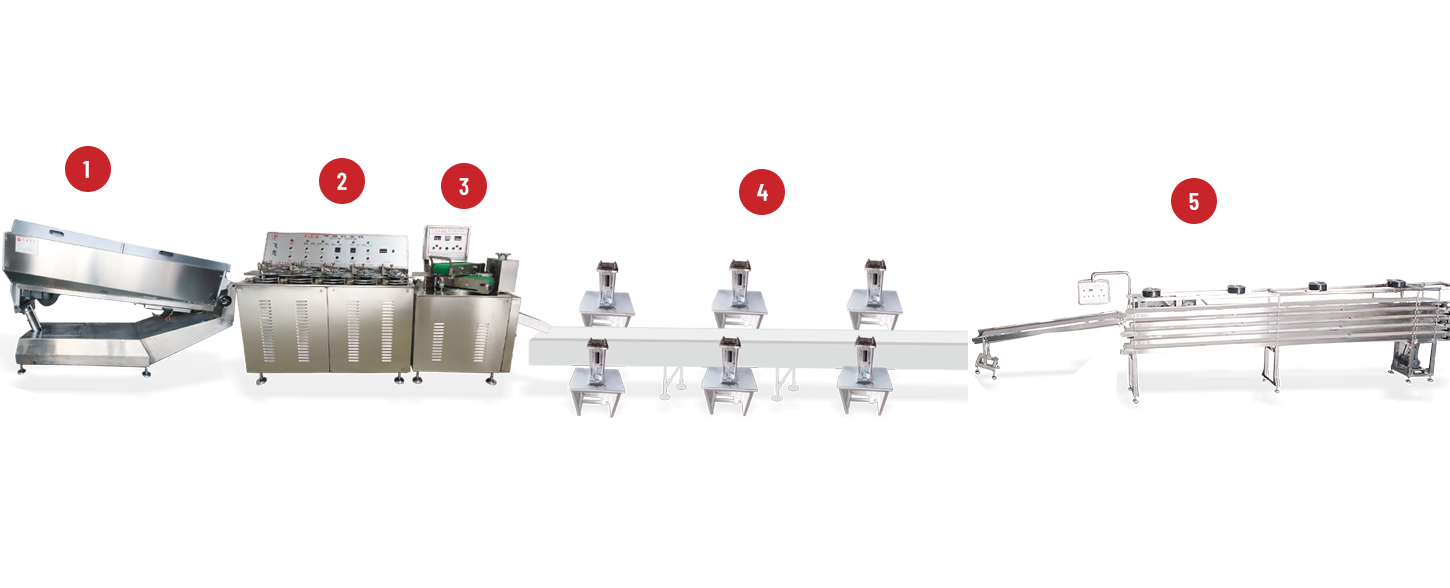
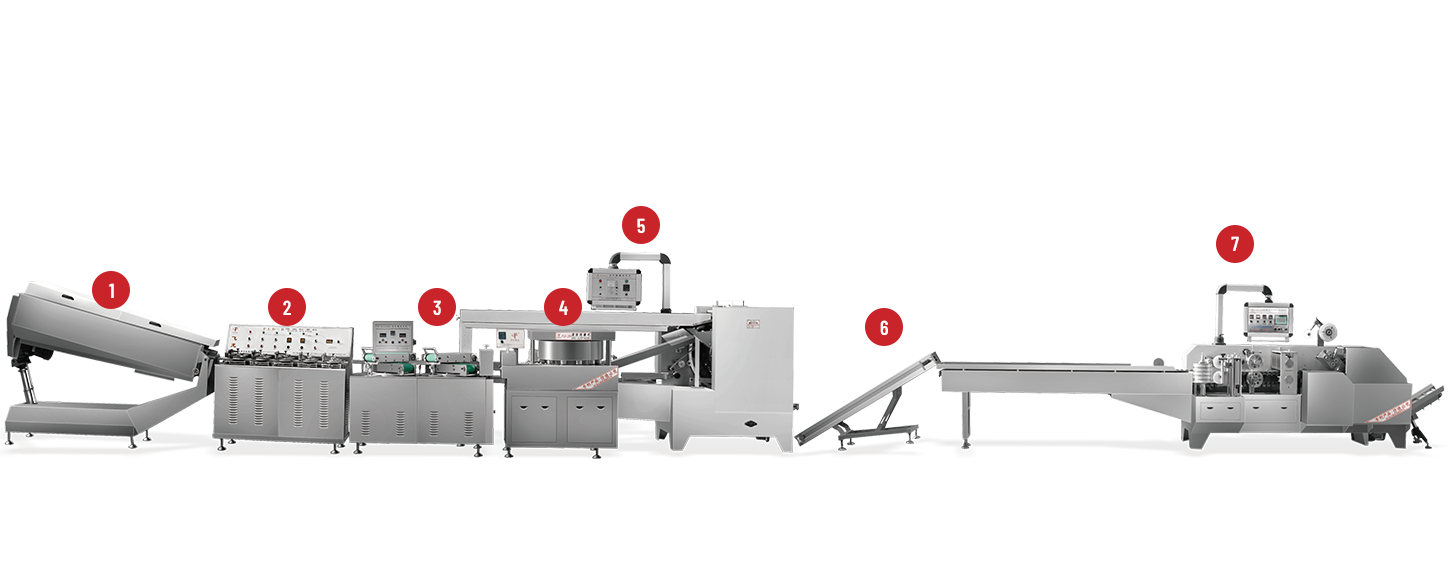
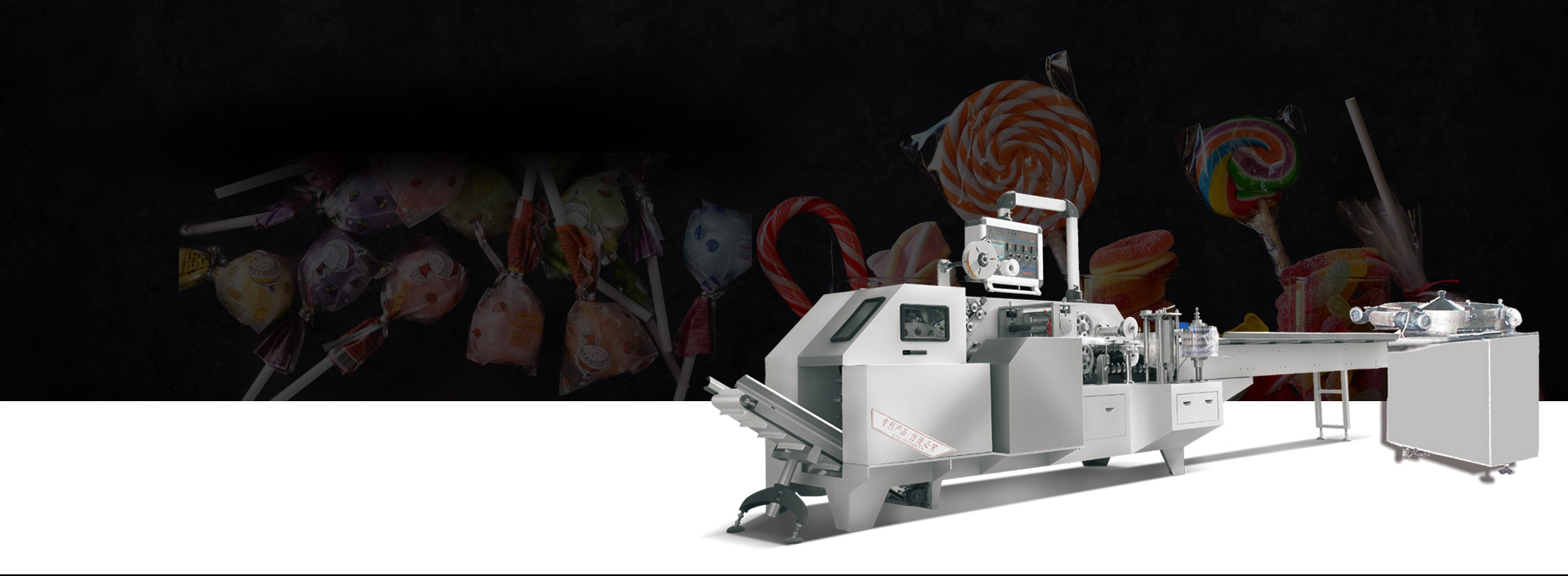
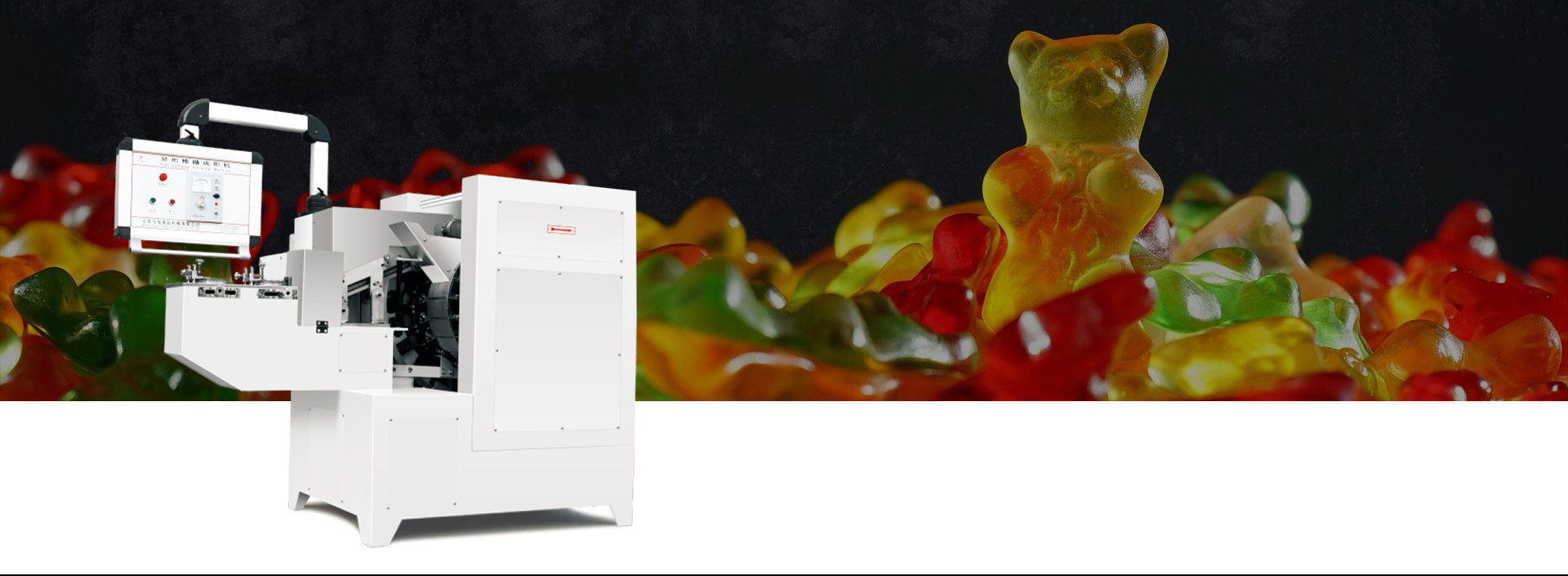
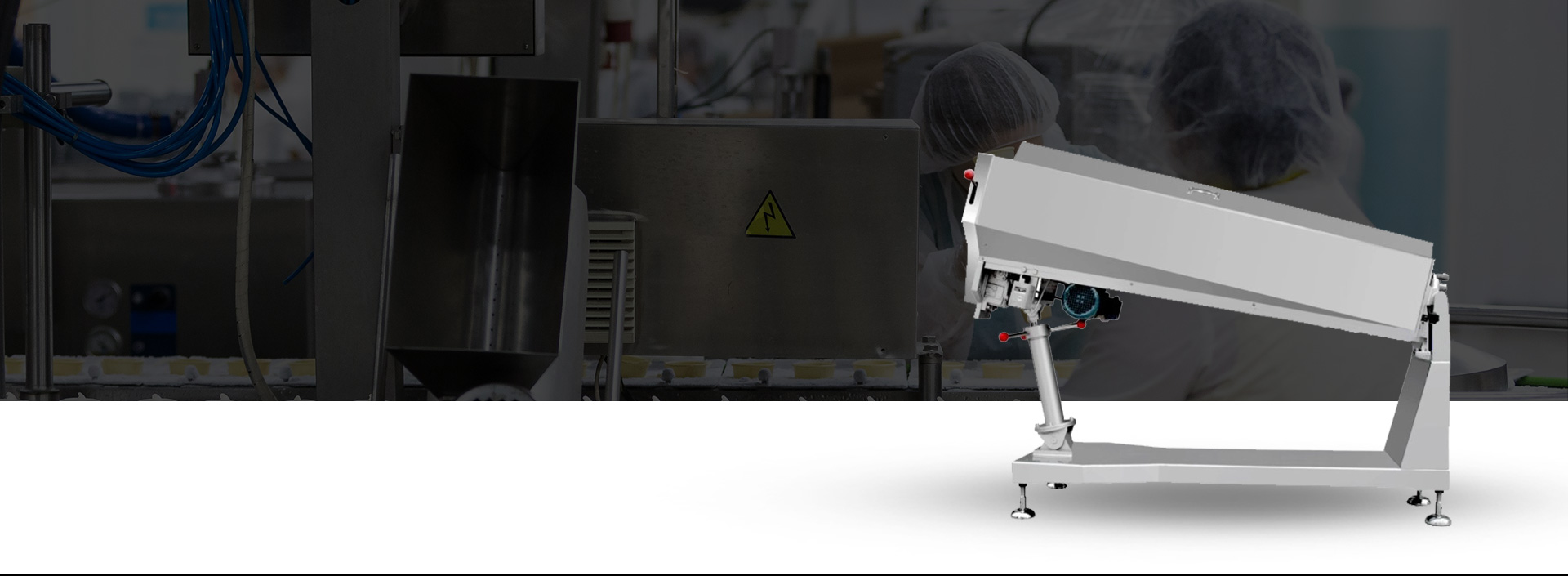
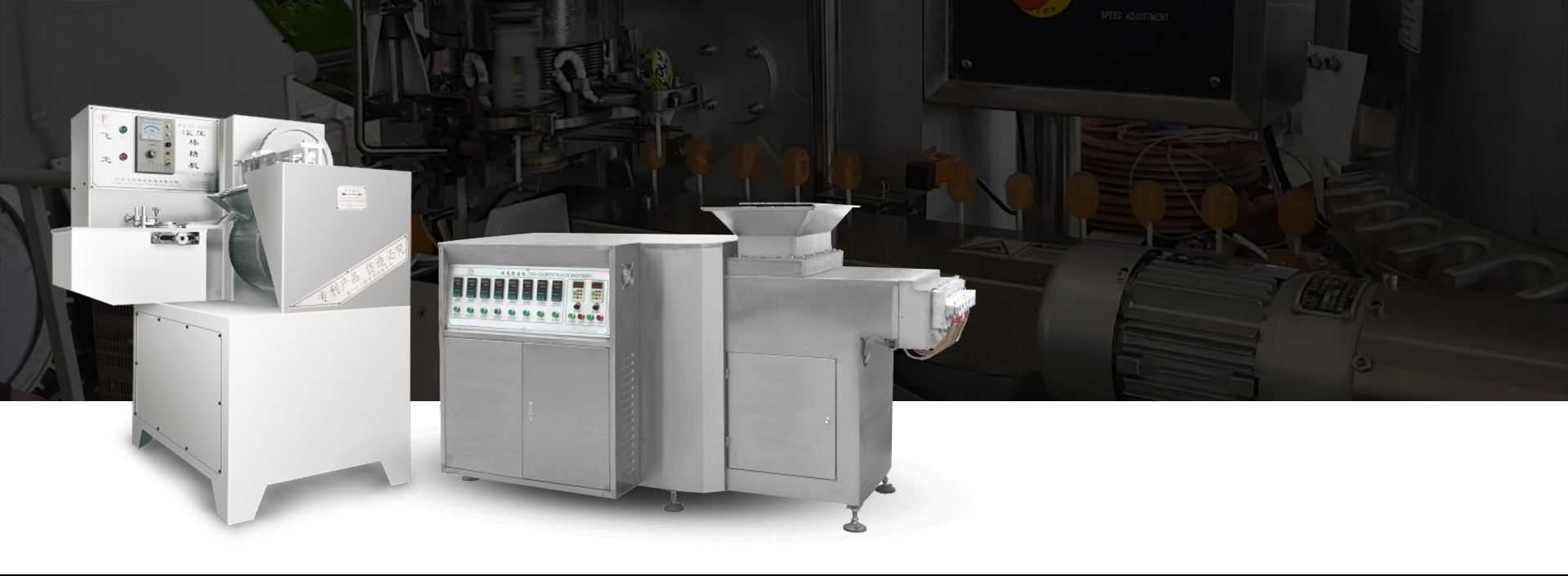
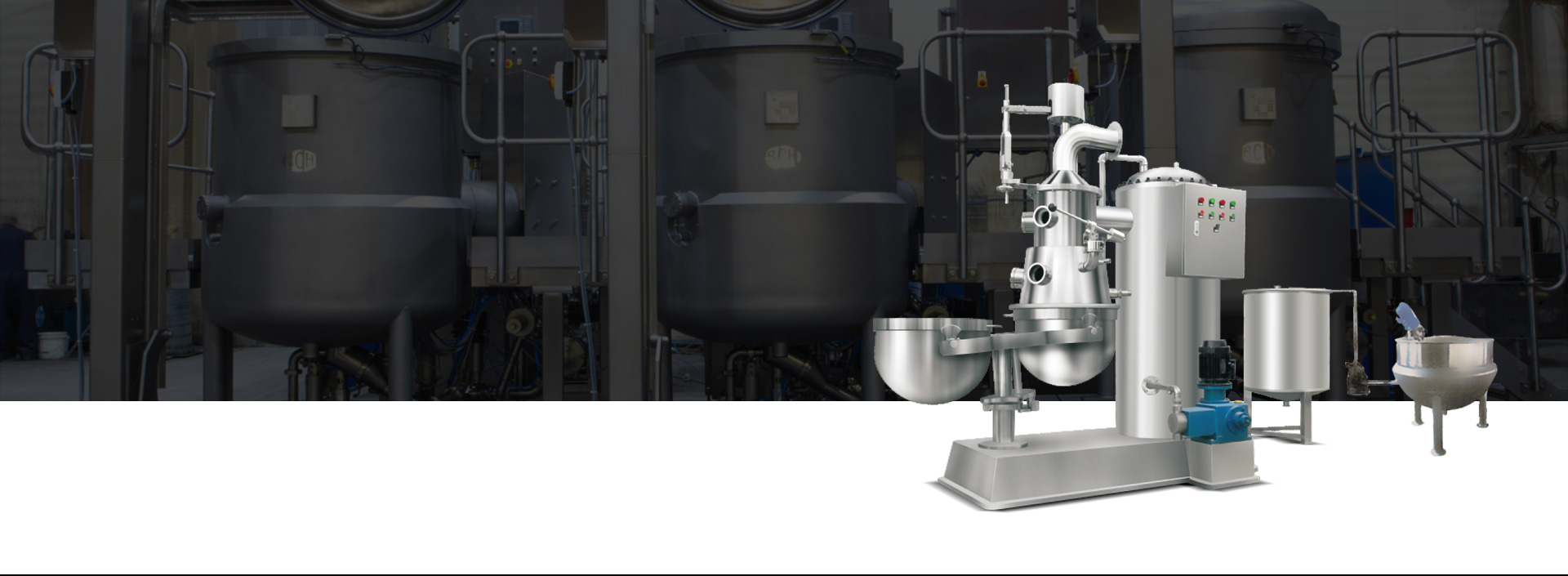

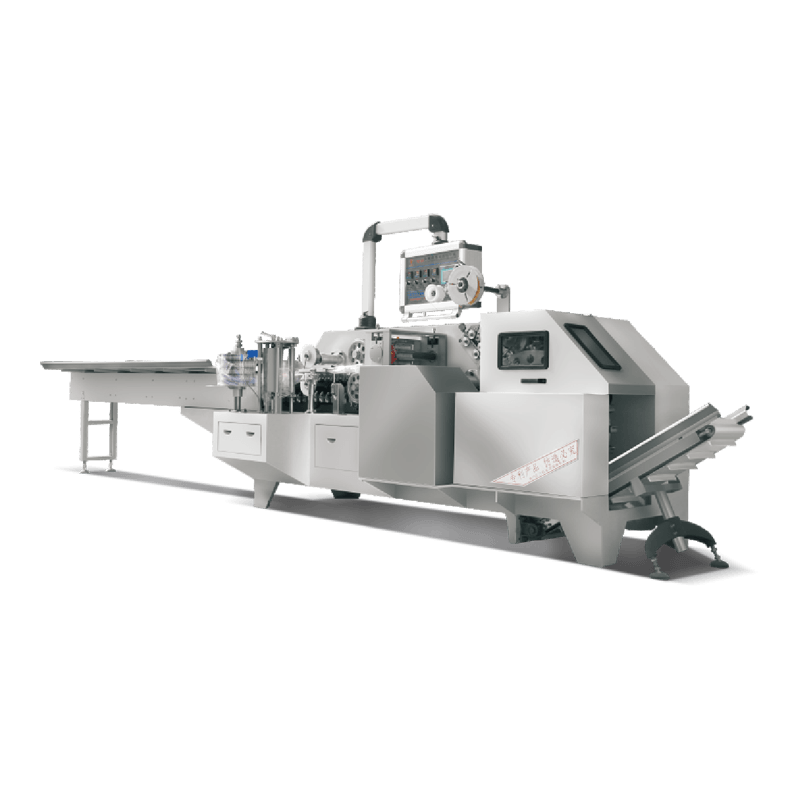
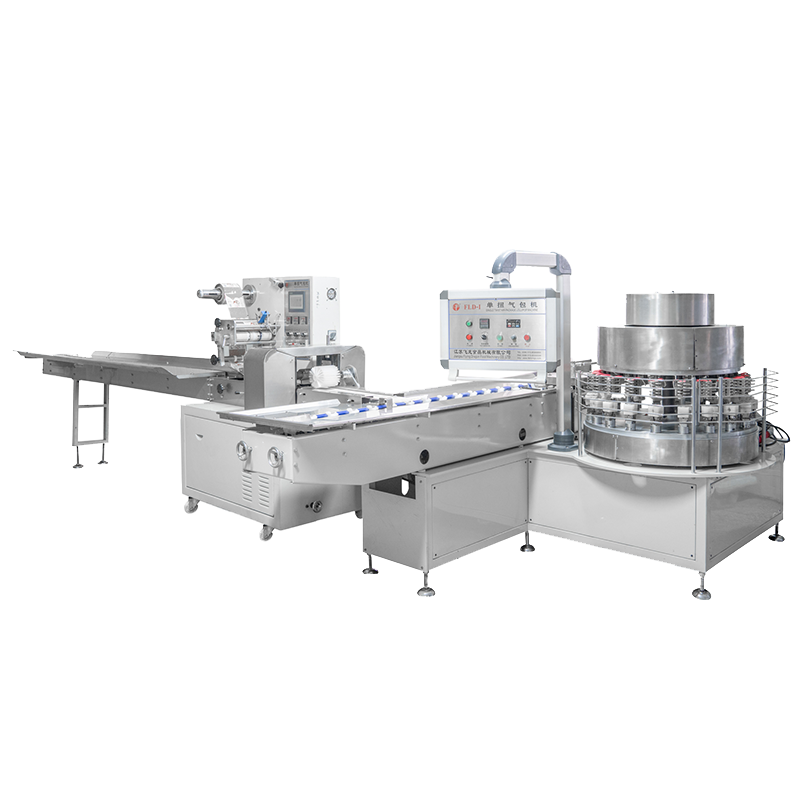
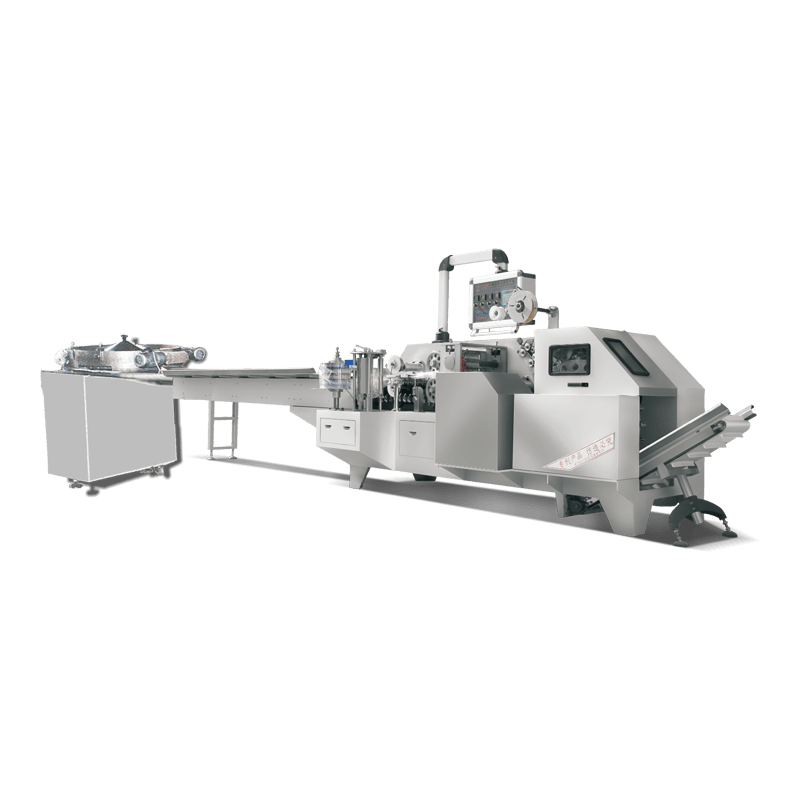
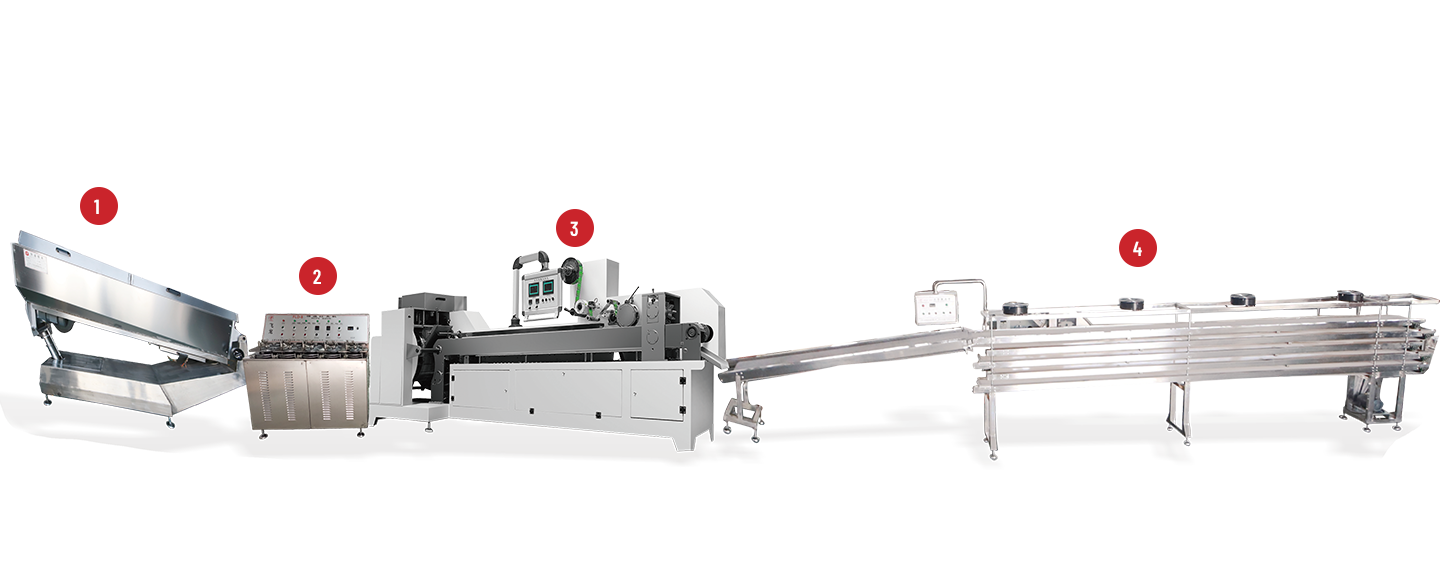
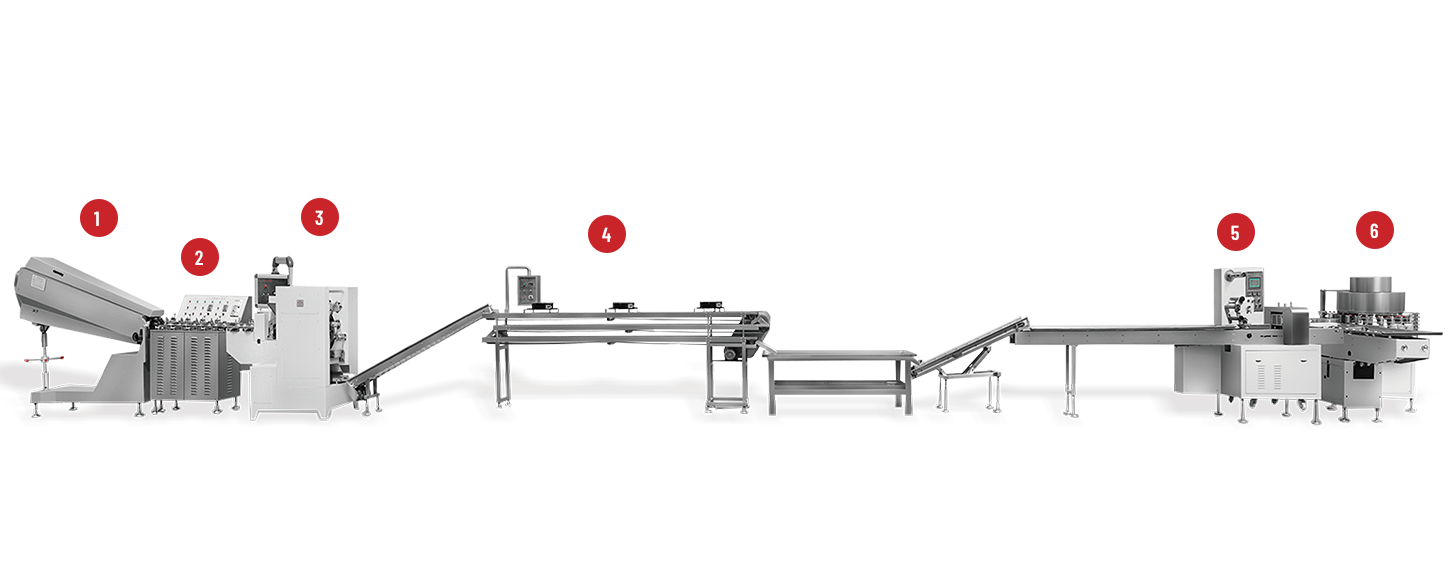
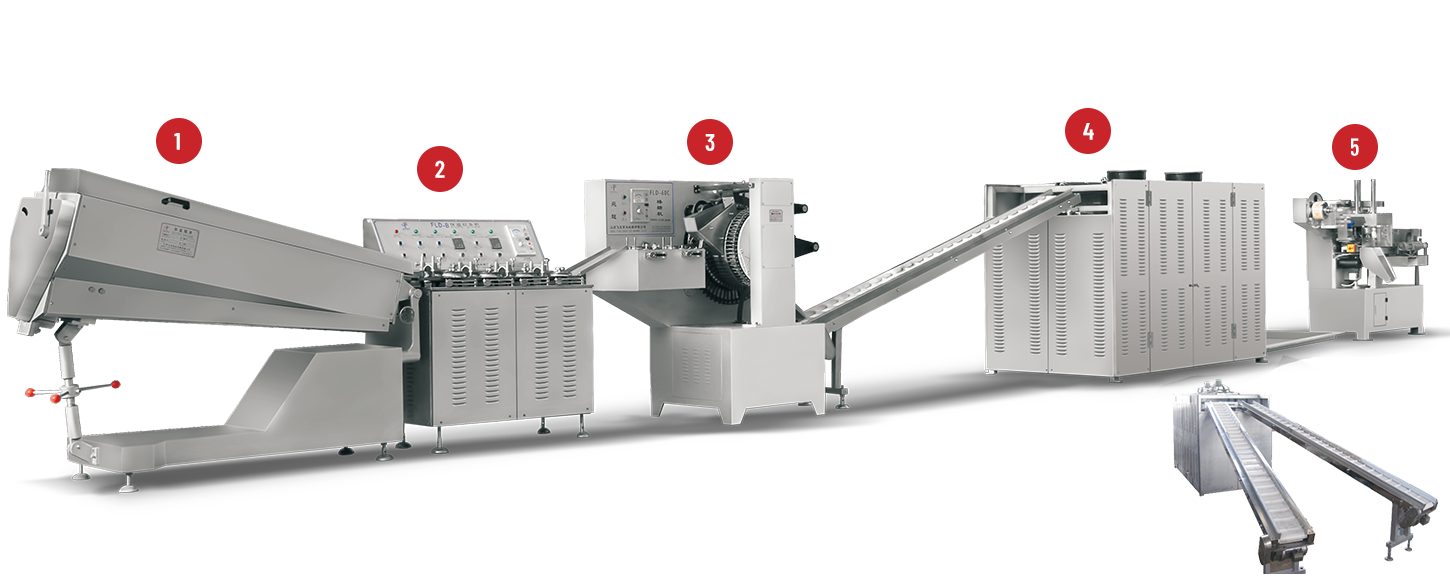
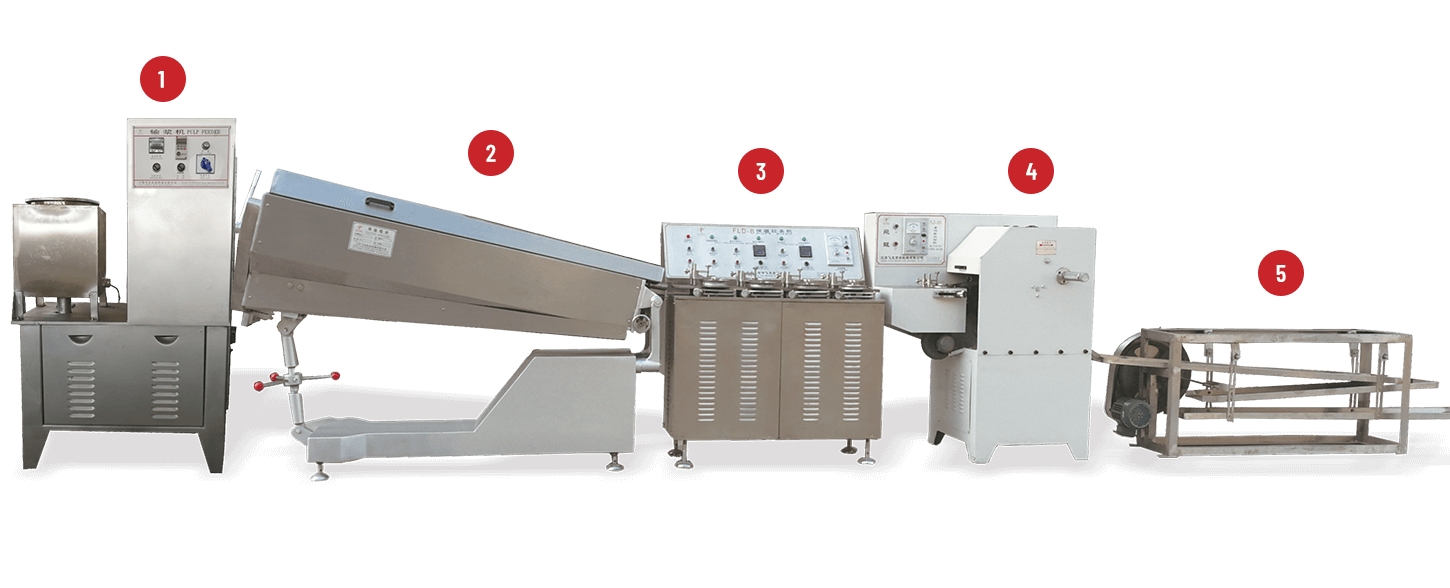
 +86-(0)515-8465666
+86-(0)515-8465666 +86-(0)515-85566996
+86-(0)515-85566996 +86-138 1559 9708
+86-138 1559 9708 flyloong@flyloongcn.com
flyloong@flyloongcn.com 
 Home
Home